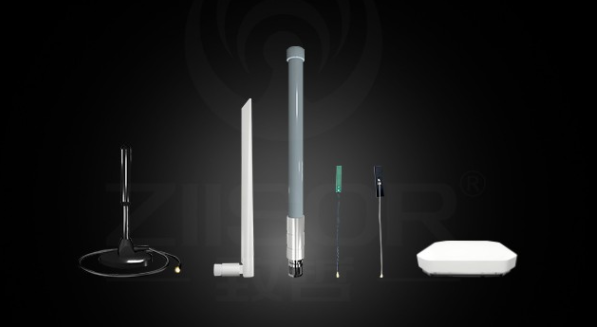Eliminating PCB antenna effects
Eliminating the Effects of PCB Antennas
Printed Circuit Board (PCB) antennas are commonly used in various wireless communication applications due to their compact size and ease of integration. However, they are also prone to certain issues that can negatively impact their performance, such as interference and radiation. In this article, we will explore the effects of PCB antennas and discuss ways to mitigate or eliminate them.

Effect 1: Radiation Pattern Distortion
Radiation pattern distortion is the phenomenon in which an antenna's radiation pattern becomes non-ideal due to the presence of nearby conductive structures on the PCB. The interference caused by these structures can cause the antenna to radiate in undesired directions or create unwanted lobes in its radiation pattern.
To eliminate this effect, the PCB layout must be carefully designed to minimize the presence of conductive structures that can affect the radiation pattern. Placing the antenna away from other components, traces, and vias can also help to reduce interference. Additionally, using a ground plane to shield the antenna can help to mitigate the effects of nearby conductive structures.
Effect 2: Sensitive to Environmental Changes
PCB antennas are often sensitive to changes in their environment, such as temperature and humidity fluctuations. These changes can cause the antenna's resonant frequency to shift, resulting in reduced performance or complete failure.
One way to address this effect is to incorporate tuning components into the antenna design. These components, such as capacitors and inductors, can be adjusted to match the antenna's frequency with the system frequency. Additionally, choosing materials for the PCB that are less sensitive to environmental changes can help to mitigate this issue.
Effect 3: Interference from Other Components
PCB antennas are also susceptible to interference from other components on the board, such as monolithic microwave integrated circuits (MMICs) and power amplifiers. These components can create noise that interferes with the antenna's signal.
To mitigate this effect, the layout of the board should be designed such that the antenna is placed as far away as possible from these noisy components. Additionally, using filters, shields, and decoupling capacitors can help to reduce interference.
Effect 4: Signal Attenuation
Signal attenuation is the reduction of an antenna's signal strength due to factors such as distance and obstacles. With PCB antennas, this effect can be exacerbated by the presence of conductive structures on the board.
To mitigate this issue, the PCB design should prioritize the direct line-of-sight between the antenna and its intended receiver or transmitter. This can be achieved by minimizing the number of obstacles between the two and optimizing the orientation of the antenna.
Conclusion
PCB antennas are convenient and efficient, but they are also prone to a number of issues that can affect their performance. However, by carefully designing the PCB layout and incorporating appropriate components, it is possible to mitigate or eliminate the effects of these issues. With these considerations in mind, PCB antennas can be an effective solution for wireless communication applications.





